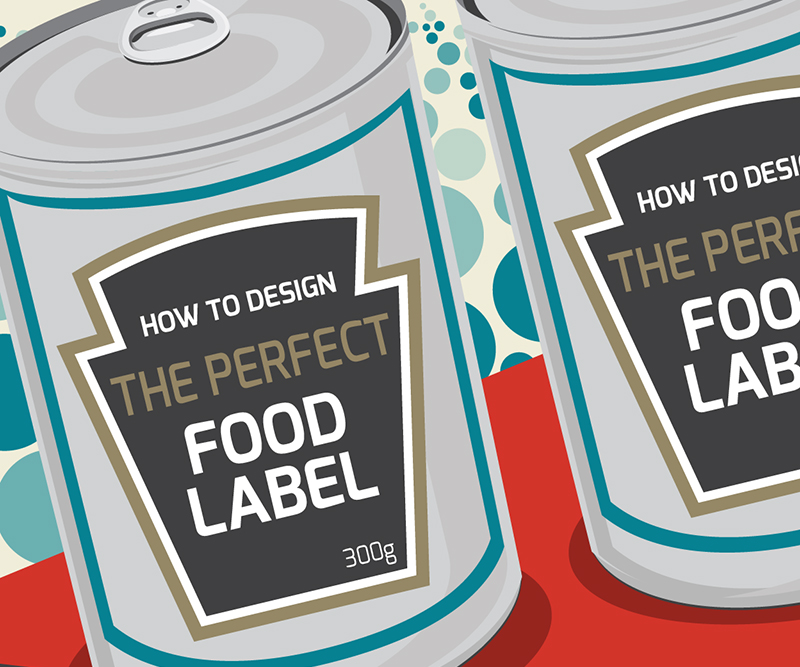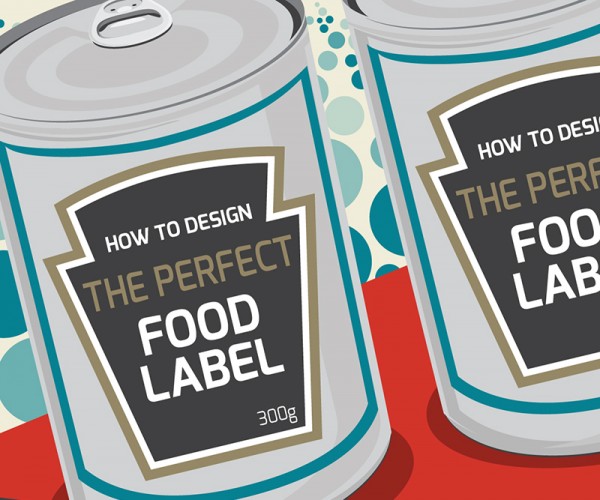Many product labels for food and beverage products come across as extremely simple and minimalistic (take Coca Cola, for example), but unfortunately, this apparent simplicity is somewhat deceiving, as very few product types are as difficult to design for as the food/beverage industry.
Most consumers make their purchasing decisions at the point-of-sale (i.e. in the supermarket, or wherever the product is being sold), which means that the actual food labelling plays a vital role in generating sales.
Not only does it need to catch the eye of potential customers from the shelf (meaning that it must differ greatly from competing products), but it also needs to convey the overall nature of the brand, clearly demonstrate the USP, and perhaps most importantly, feature any legally required information (e.g. ABV for alcoholic products).
It’s also important to remember that most food/beverage labels are relatively small (it’s worth consulting a label printing company to get an idea on the exact sizing before you start the design process), so you’ll need some serious creative talent to execute all of the above in an efficient manner in such a small space.
Sound daunting? If so, don’t worry, the infographic below can help. It walks through the basics of the entire process from beginning to end.


